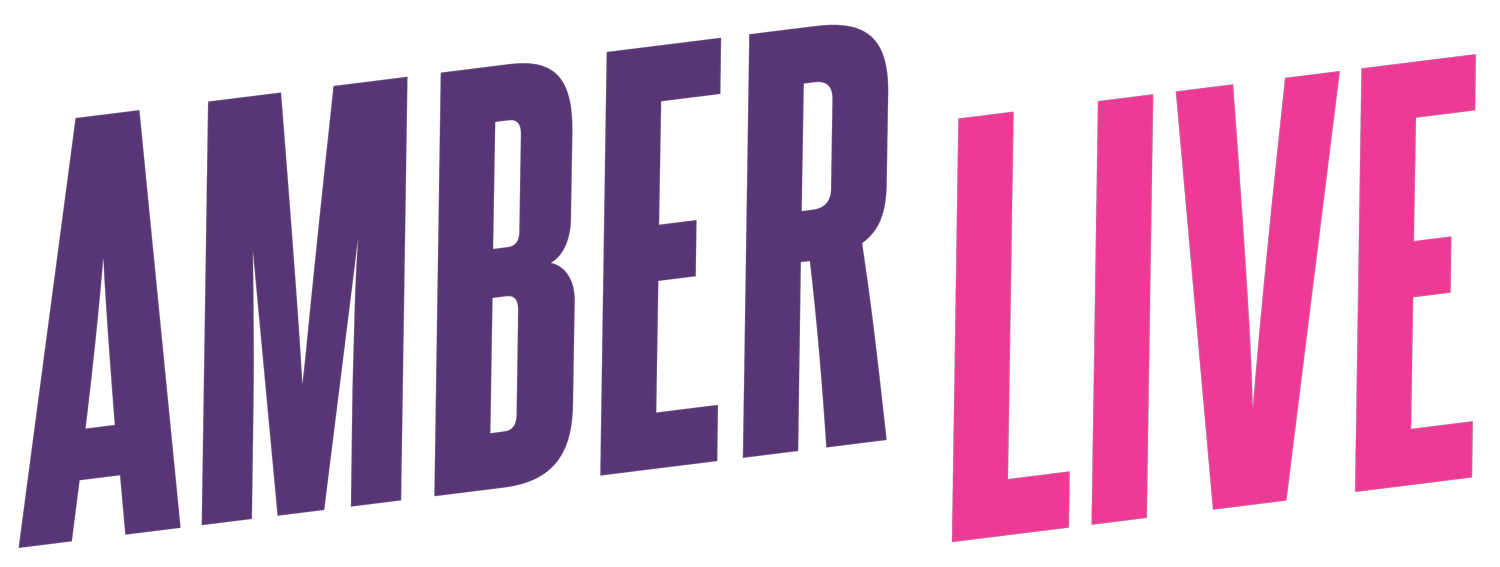Why Do They Call Them Drag Queens?
Table of Contents
History of Drag
Origins of the Term "Drag Queen"
Drag as Performance Art
Drag Queens vs. Cross-Dressers
Impact and Representation
History of Drag
Drag as a performance tradition has long roots, with examples dating back to ancient Greece and Shakespearean theater. In the late 19th and early 20th centuries, drag became more prominent as a form of entertainment in the LGBTQ+ community, especially at balls and in cabarets. Performers challenged gender norms and experimented with gender expression on stage. Over time, the art form evolved and gained mainstream attention.
Origins of the Term "Drag Queen"
The term "drag queen" came into popular usage in the 1940s and 1950s. "Drag" referenced the exaggerated cross-dressing and theatrical nature of the performances. The exact origins of "drag" are unclear, but some theories suggest it derived from terms like "dragnet" that referenced dressing in drag as similar to disguise. "Queen" was appended as gay slang of the era used "queen" to refer to flamboyant or effeminate men. As drag performance grew, "drag queen" solidified as the common term.
Drag as Performance Art
Drag queens fuse elaborate costumes, makeup, wigs, and lip-synching to put on a character performance. Shows involve singing, dancing, comedy, celebrity impersonations, and stand-up routines. Drag aims to entertain, push boundaries, and provide commentary on gender, sexuality, and society. Leading drag queens are often treated like rock stars by fans. Popular TV shows like RuPaul's Drag Race have also brought drag into the mainstream.
Drag Queens vs. Cross-Dressers
While some use the terms interchangeably, distinctions exist. Cross-dressing refers to wearing clothes associated with the opposite gender, which can be done for self-expression, comfort, or sexual arousal. Drag queens present exaggerated feminine characters specifically in the context of performance art. Many drag queens are male and only dress in drag temporarily for shows. However, some cisgender and transgender women also perform as drag queens.
Impact and Representation
Drag has provided a space for LGBTQ+ people to explore identity and build community. It brings more visibility to LGBTQ+ and gender non-conforming people. However, there are also criticisms about stereotyping and misrepresenting transgender individuals. Overall, drag continues to evolve as an impactful art form that challenges mainstream notions of gender and pushes for greater acceptance.
—This article was written, restructured, or adapted by Russell with information gathered from sources around the internet. Russell is the producer of Amber Live and is greatly overworked to pull it all together. If it’s on the internet, it must be true. (We’re kidding.) BUT, if you find any errors or omissions in the article, please let us know so that we may correct the issue. Thanks for your support!


